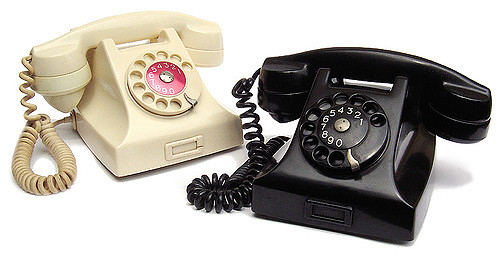In the age of environmentalism, plastic has become a four-letter word. You’ve heard all of the bad things about plastic by now. It’s overloading landfills. It’s not biodegradable. It’s killing all the dolphins. It’s destroying the earth and ending life as we know it. About the only thing plastic hasn’t been blamed for is destroying the ozone layer.

Rather than spending time debunking myths about plastic, let’s ask a slightly different question: Why are so many industries still so reliant on it? What is it about plastic that has given it such staying power, especially in the consumer electronics industry? Here are a few possibilities to consider:
Supply Chain Friendly
Not all plastics are as easy to produce as others. But in general, plastic is much easier to produce than other synthetic materials. So while there may be supply chain bottlenecks when using a more exotic material like ceramic or sapphire, plastic is easily sourced. Of the materials that slow down the supply pipeline, plastic isn’t a concern.
A bigger challenge for supply chain management is choosing the right management tools. The growing demand for SCM tools is a testament to the fact that the supply chain is one of the biggest factors in the success of a new product.
Consider the Google Pixel smartphone; it was one of the best-reviewed and most anticipated smartphones of 2016. However, it failed to sell in significant numbers, in large part, due to the fact that Google couldn’t manufacture them in sufficient quantity. Pushing the tech envelope is meaningless if you can’t source the parts.
Sometimes, the biggest companies have the biggest supply chain issues. That’s because they’re trying to source impractical materials when simpler ones would do, and because they’re using internal supply chain tools as opposed to tools and processes that are more tried and true. The consumer electronics industry still uses a lot of plastic because it’s easy to source, and the supply chain keeps moving forward.
Built to Last
Polycarbonate is a type of plastic that’s built to last. It’s a part of what makes bullet-proof glass. There are a number of uses for polycarbonate. Apple recently used it as the chassis material for the iPhone 5c.
When it was introduced, Sir Jony Ive called it unapologetically plastic. This, from a company that had built a reputation for using the highest caliber materials and sparing no expense. They had moved away from plastic to pursue unibody metal construction. Suddenly, they were openly trumpeting the benefits and beauty of polycarbonate.
Not only was the product visually appealing, it was easy to make in different colors. And it was extraordinarily strong and scratch-resistant. While it may have helped in keeping the costs down, nothing about it looked or felt cheap. Plastic also has the advantage of being radio-transparent.
While not as recyclable as other materials, polycarbonates tend to last longer and carry fewer disadvantages. Apple and other companies will always find a use for a material this versatile, especially for lightweight, durable casings.
Prototyping
While plastic isn’t the most recyclable material in the world, it’s still highly recyclable. That means the plastic is a perfectly good material for fast prototyping. It’s easy to mold into anything you need at a moment’s notice. And it can be responsibly recycled to become something else at a later time.
Before the giant C&C machines are activated, some designers in a lab have already 3D modeled several mock-ups. Many small startups were able to get their inventions noticed and funded because they were able to use plastics in the modeling and prototyping phase. As long as there are modeling and prototyping, there will always be plastics in the consumer electronics industry. And as long as consumer electronics companies require supply chain-friendly materials that are lightweight, durable, and useful for fast prototyping, plastic will never go away.





